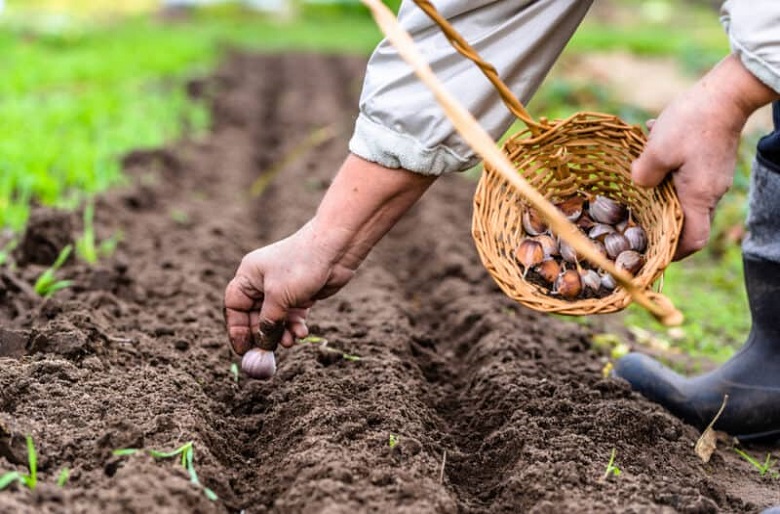Even though summer is winding down, you can still grow vegetables for a fresh harvest in the fall. Despite popular belief, seeds and plants can thrive in cold and snowy conditions.
The following are some suggestions, including varieties of vegetable plants that should be planted in the fall for a fruitful spring harvest.
Onion
Onions and garlic are both members of the allium family, which enjoy a lengthy growing season. If you wait until spring to plant, you’ll have to wait until winter to eat.
Onions planted in the fall can be harvested in the summer after their planting. Yes, that is how long it takes for them to mature. To put it simply, winter onion types are “plant and forget about their crop,” meaning they require little attention once planted.
To grow well, onion sets require well-drained soil, enough of fertilizer, and mulch to prevent weeds. Mulch prevents weed growth and shields onion sets from harsh weather conditions.
If you want to plant onions in the fall, make sure you get them in the ground before the first frost. The roots of onion sets must have ample time to develop before the soil freezes.
Onions and shallots, once established, can withstand and even thrive in a wide range of temperatures.
The Egyptian onion is a great choice if you want to grow an allium that will survive the winter because it produces clusters of baby onions that may be planted.

Shallots
The problem with onion cultivation is that harvesting can take an interminable amount of time. Growing a smaller allium, like shallots, can yield results sooner. Since scallions are clumping allium, they tend to form dense patches.
The biggest of each cluster should be saved for replanting the next year.
They thrive in the same environments as onions and are therefore grown under similar conditions.
They are ideal for the dishes you want to prepare in the spring because they can be sown in the fall and harvested in the early to late spring.

Garlic
The majority of gardeners will agree that planting garlic in the fall for harvest in the spring is the best practice. It’s not just a staple in many kitchens, but also a potent medicine that can help ward against the common cold and influenza.
In terms of winter hardiness, garlic is among the top plants. Garlic should be planted in late September, soon after the autumn equinox.
Plant your garlic bulbs, and then spread 6-8 inches of mulch over the top of the cloves. This prevents the garlic bulbs from being damaged by the cold weather.
As early as May, you can pick garlic scapes from hardneck garlic species. The bulbs of garlic are collected during the summer months.

Spring Onions
One of the first foods you may harvest after the snow melts is scallions, often known as bunching onions.
Before ramps, which are also among the earliest spring vegetables, spring onions are one of the first greens to emerge in your garden.
Although spring onions aren’t as robust as onions, their roots may often endure a winter in mild climates. Planting in early fall allows for early spring harvesting.
It’s best to get your plants in the ground in early fall so they can get their roots established and flourish before the first hard frost.

Asparagus
Asparagus requires a long growing season and a lot of patience. Asparagus is a slow-growing plant that requires at least two growing seasons before yielding any usable spears.
However, fresh asparagus is well worth the wait. If cared for properly, an asparagus plant can continue producing spears for 25 years or more after it has been planted.

Turnips
Turnips are no longer among the most popular vegetables, yet gardeners grew them for their resilience many years ago.
Although turnips have a reputation for being a “survival plant” or a “livestock plant,” they are perfectly enough as a primary source of nutrition.
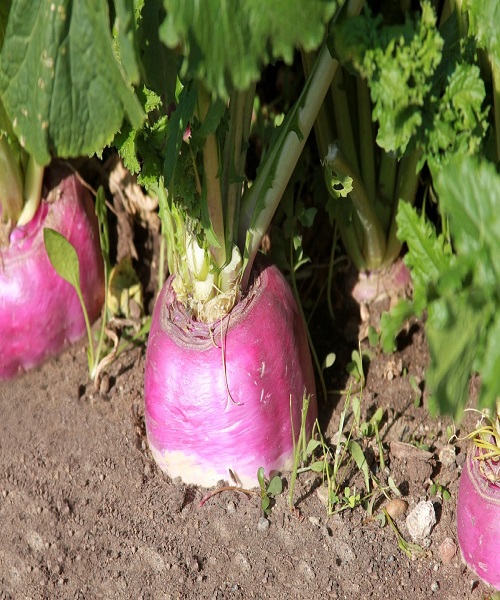
Carrots
Since carrots don’t develop much throughout the winter, it’s preferable to plant them in the fall so they can get established before the first frost.
The greens will be among the first things to sprout in the spring if you decide to plant the seeds at this time of year.

Winter Lettuce
Lettuce can be grown year-round, despite popular belief to the contrary. Lettuces, which are often cultivated in a greenhouse or cold frame, allow you to enjoy fresh lettuce at any time of the year.
Choose lettuces that can survive frosty conditions. The winter gem lettuce has a long history of being a reliable crop. Endive, radicchio, and watercress are all fall crops worth a go.
If you haven’t tried arugula before, you should. Its peppery flavor is wonderful on its own and makes salads even better.
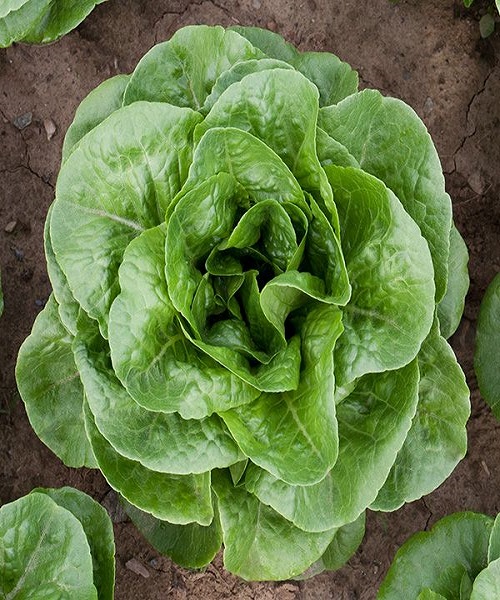
Radicchio
Radicchio is a winter-hardy salad green with a bold flavor that can withstand the cold.
It not only gives your salad a new flavor, but also some visual interest and a different texture. You can harvest radicchio when it’s young and utilize it again later.
So long as it doesn’t get below freezing, you can grow it all winter long inside a cold frame. Greens can be kept alive in cold frames throughout the year.
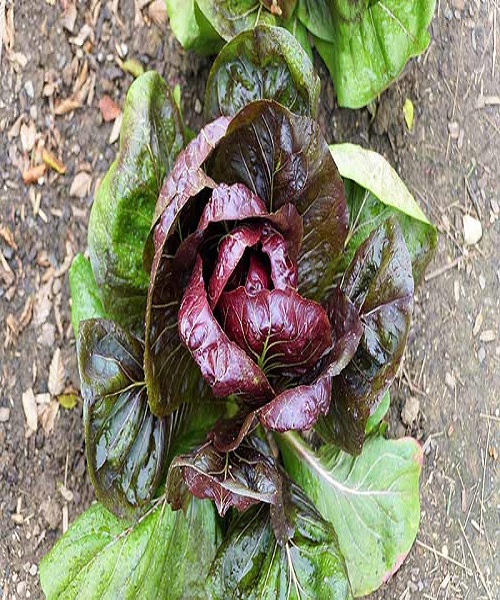
Leafy Greens
It’s true that kale and collards are two of the cold-hardiest leafy greens available. That’s why kale is the first vegetable people think of when they think of winter gardening, whether in a greenhouse or a cold frame. Kale is one of the few vegetables that can be harvested year-round regardless of the weather.
These fall-planted edibles not only thrive in the chilly weather but actually get better as the snow accumulates.
To maximize their success in the garden, mulch should be placed around the plants’ bases when growing leafy greens outside. The plant is better able to withstand the cold if you do this.
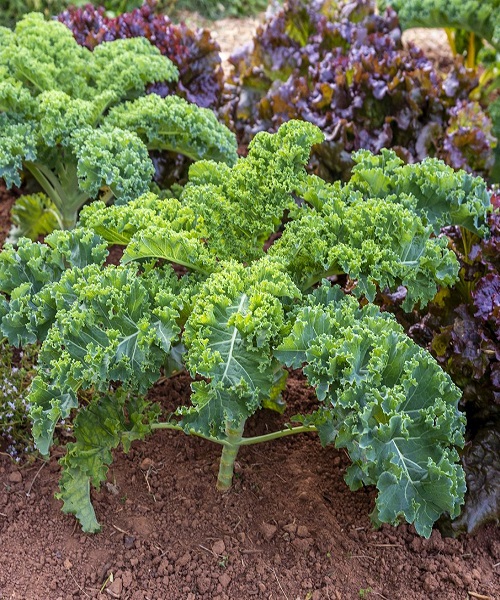
Broccoli & Cauliflower
Broccoli and cauliflower can be grown through the winter and harvested in the spring in mid- to warm-climate zones.
It’s worth it to hunt for cut-and-come-again varieties instead of single-harvest types, as they are often less labor-intensive to cultivate.
Overwintered broccoli begins to grow and bloom as spring approaches. As an aid to continued plant growth, mulch can be spread around your plants.
As the weather warms up, it is important to remove the mulch. As cool-weather crops, these should be protected from extreme heat.

Peas And Broad Beans
Peas and broad beans can be planted in the fall in mild temperature zones and harvested in the early spring.
Planting peas in the fall allows for a harvest at least a month before the next cycle of peas is planted in the spring.
Growing peas and broad beans in the winter is possible, provided the soil is not soggy. Early and late types of peas and broad beans can be planted to observe which ones flourish in your garden and climate.

Cabbage
Since cabbages only produce one crop at a time, it’s best to stagger plantings or grow several varieties to avoid having to pick everything at once. Try planting a combination of short- and tall-growing cabbages.
Be mindful that cabbages require a lot of food to thrive. You’ll want to use a lot of compost and rotate your crops as you get the beds ready.
There is a higher chance of disease transmission from one year’s cabbage crop to the next if the crop is planted in the same location again the following year.


